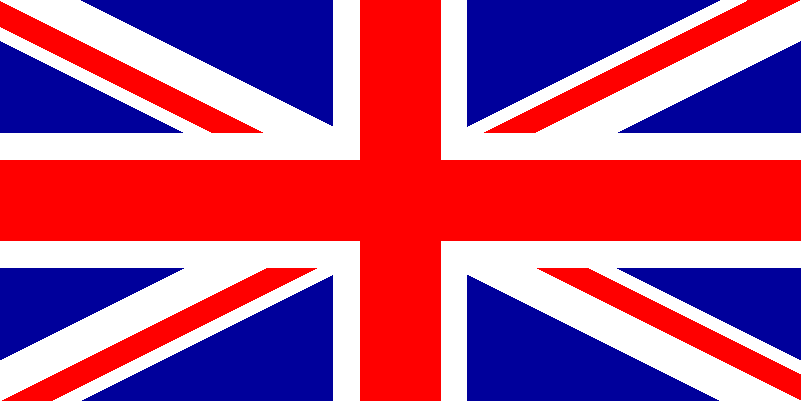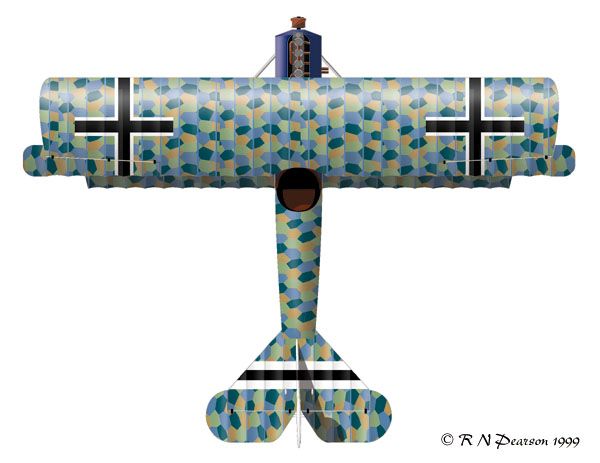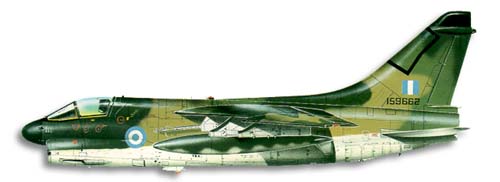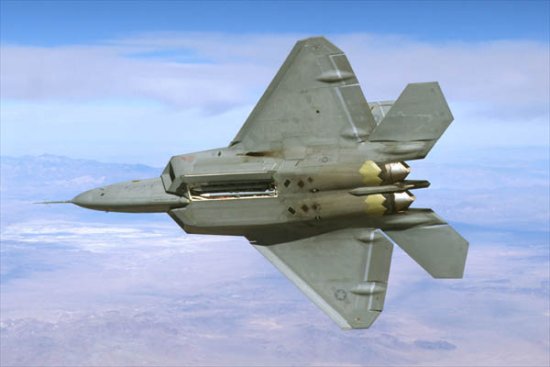In the light of the success of my recent train journey to Brussels, I thought I could go by train to London, but no such luck. Going by train all the way would have cost around 10000 SEK, which was more than I could afford right now. An alternative would be to go by train to Gothenburg and then by boat to Newcastle, which would be considerably cheaper, but seeing as the boats don't go very often (and indeed, come November they will cease completely) if would have taken me a week to travel back and forth, which would have traded most of the travel savings for accommodation costs. So, I had to give up and buy a plane ticket instead, which cost less than 1700 SEK. sigh
My flight to Heathrow was late, so I had to have lunch at Arlanda, where they of course take advantage of you in effect being locked in behind the security control: 122 SEK for a sandwich and a glass of juice!
London was hot and crowded, so after having trudged around a bit I took the opportunity to go to bed early.
The course I was there for was OK and the day after that it was time to head back home. Heathrow was plastered with signs indicating you could not take any liquids or gels with you on flights to the USA, which I didn't think was that onerous for me. There were long queues to the security controls, but they still seemed to proceed at a good pace. I noted that people took their shoes off and sent them through the X-ray machine, even though it was unclear to me if they were being requested to do so or if everyone was just imitating the person ahead of them. I followed the example. My bag was taken aside and searched and my toothpaste confiscated. The impression that only US travellers were forbidden to use toothpaste was apparently incorrect. Possibly the intended point of the signs was that I could have bought a new tube of toothpaste in the Booths on the other side of the security control, but that I wouldn't have been allowed to bring even that on a US flight. This however implies a second security control right at the gate. I did not have opportunity to observe this, however.
The flight home was also delayed, but eventually I got home.
2006-09-15
2006-09-08
Aircraft painting as a co-evolutionary process
The first aerial kill is said to have been a Aviatik B.1 shot down by Frantz and Quenault in a Voisin III on 1914-10-05.
However, I am not aware that it has been recorded who was the first victim of aerial “friendly fire”, but apparently this was soon a problem. The Royal Flying Corps entered the war with completely unmarked aircraft, but it was obvious within days that some kind of distinguishing mark was necessary, so the Union Flag was sewn or painted on the aircraft. It soon transpired that under bad visual conditions the cross shape was easily confused with the Austro-German insignia, the Iron Cross*
was sewn or painted on the aircraft. It soon transpired that under bad visual conditions the cross shape was easily confused with the Austro-German insignia, the Iron Cross*  , so in October 1914 RFC adopted the French cockade
, so in October 1914 RFC adopted the French cockade  , but with reversed colours
, but with reversed colours  . (The American Expeditionary Force first used yet another permutation of red-white-blue cockade
. (The American Expeditionary Force first used yet another permutation of red-white-blue cockade  but eventually introduced a star in a roundel
but eventually introduced a star in a roundel  .)
.)
This change of national insignia is an example of character displacement—originally similar species evolve diverging characters in order to minimise competition, which is beneficial to both species. Now add to this cryptic colouration, i e camouflage.
Aircraft have the joint need to be cryptic both in the air (which, as we know, actually very seldom is as blue as the sky) and on the ground, which requires various compromises. An interesting point to note is that the light bluish or greyish undersides that are supposed to make the aircraft more difficult to spot in the air, also serve to make them more difficult to see on the ground, as the increased reflection of light decreases the contrast of the shadows underneath the aircraft. Many animals which spend their time lying on the forest floor also have this kind of colouration.




Paradoxically, while camouflage has as one purpose concealment, it secondarily is also a distinguishing character. So, just as for national insignia, the painting of aircraft went from mainly just doped tissue to distinguishable camouflages. During the first world war, RFC camouflage was soon very strictly standardised on a simple scheme: khaki on top, doped linen underneath , while the German Luftstreitkräfte used several different camouflages in parallel with multiple variations on the themes. The most characteristic was the quite complex “lozenge” camouflage
, while the German Luftstreitkräfte used several different camouflages in parallel with multiple variations on the themes. The most characteristic was the quite complex “lozenge” camouflage  . The other main alternative was the multi-coloured large-field wavy pattern that was also used by the French and Belgian air forces as well as the American Expeditionary Force and indeed has been the pattern for aircraft camouflage up to fairly recently, but everybody has been using different colours, which may help in the identification of friend or foe task.
. The other main alternative was the multi-coloured large-field wavy pattern that was also used by the French and Belgian air forces as well as the American Expeditionary Force and indeed has been the pattern for aircraft camouflage up to fairly recently, but everybody has been using different colours, which may help in the identification of friend or foe task.




During the between-the-wars period camouflage was eschewed—looking good on airshows was more important than concealment—but by the Second World War camouflage was on again.
However, as soon as the war started the need for rapid identification of aircraft in the air returned and camouflage was compromised by brightly coloured areas in many variations over the course of the war.




In Europe, modifying national insignia for recognition purposes was not necessary, as that had been sorted out the first time around, though changes were made, to improve camouflage (what was left under yellow, white and red sheets of colour) to simplify the painting process or to match changed allegiances.
But, meanwhile in the Pacific all involved air forces had a red circle in the centre of their national insignia

 , also causing a number of friendly-fire incidents. I do not know if the Japanese even considered modifying their markings, but they did not have to, as the British and United States forces quickly changed theirs. The British simply removed the central red circle from the national insignia
, also causing a number of friendly-fire incidents. I do not know if the Japanese even considered modifying their markings, but they did not have to, as the British and United States forces quickly changed theirs. The British simply removed the central red circle from the national insignia  . The US Army Air Force did remove the central red dot from their star insignia, but felt that the remaining roundel shape still was not sufficiently distinct from the Japanese roundel. A young draughtsman came up with the idea of adding horizontal bars on both sides of the star, creating the familiar “star-and-bars”
. The US Army Air Force did remove the central red dot from their star insignia, but felt that the remaining roundel shape still was not sufficiently distinct from the Japanese roundel. A young draughtsman came up with the idea of adding horizontal bars on both sides of the star, creating the familiar “star-and-bars”  . Later on in the war, British units in the Pacific added the bars to their insignia as well
. Later on in the war, British units in the Pacific added the bars to their insignia as well  .
.
After the second world war there have been various swings back and forth between camouflage and colourful markings, but beginning in the 1980s most major air forces have moved to “low-visibility” markings, monochrome, low-contrast versions of national insignia


 intended not to compromise the camouflage, which in turn is almost universally all-round grey
intended not to compromise the camouflage, which in turn is almost universally all-round grey



 .
.
Predictions one can make based on this minimisation of distinguishing marks are that visual spotting of aircraft is as important as ever in spite of radar and IR sensors but that identification of friend and foe is not made visually. This suggests both the existence of electronic situation-awareness aids as well as a relatively low number of few aircraft in the air simultaneously, making it easier to keep track of who's who and possibly also that close-quarters dog-fighting is not very common these days.
*For some reason the Iron cross is often referred to as a Maltese Cross. It is not. It is a Mantuan cross. This is a Maltese Cross: .
.
However, I am not aware that it has been recorded who was the first victim of aerial “friendly fire”, but apparently this was soon a problem. The Royal Flying Corps entered the war with completely unmarked aircraft, but it was obvious within days that some kind of distinguishing mark was necessary, so the Union Flag
 was sewn or painted on the aircraft. It soon transpired that under bad visual conditions the cross shape was easily confused with the Austro-German insignia, the Iron Cross*
was sewn or painted on the aircraft. It soon transpired that under bad visual conditions the cross shape was easily confused with the Austro-German insignia, the Iron Cross*  , so in October 1914 RFC adopted the French cockade
, so in October 1914 RFC adopted the French cockade  , but with reversed colours
, but with reversed colours  . (The American Expeditionary Force first used yet another permutation of red-white-blue cockade
. (The American Expeditionary Force first used yet another permutation of red-white-blue cockade  but eventually introduced a star in a roundel
but eventually introduced a star in a roundel  .)
.)This change of national insignia is an example of character displacement—originally similar species evolve diverging characters in order to minimise competition, which is beneficial to both species. Now add to this cryptic colouration, i e camouflage.
Aircraft have the joint need to be cryptic both in the air (which, as we know, actually very seldom is as blue as the sky) and on the ground, which requires various compromises. An interesting point to note is that the light bluish or greyish undersides that are supposed to make the aircraft more difficult to spot in the air, also serve to make them more difficult to see on the ground, as the increased reflection of light decreases the contrast of the shadows underneath the aircraft. Many animals which spend their time lying on the forest floor also have this kind of colouration.




Paradoxically, while camouflage has as one purpose concealment, it secondarily is also a distinguishing character. So, just as for national insignia, the painting of aircraft went from mainly just doped tissue to distinguishable camouflages. During the first world war, RFC camouflage was soon very strictly standardised on a simple scheme: khaki on top, doped linen underneath
 , while the German Luftstreitkräfte used several different camouflages in parallel with multiple variations on the themes. The most characteristic was the quite complex “lozenge” camouflage
, while the German Luftstreitkräfte used several different camouflages in parallel with multiple variations on the themes. The most characteristic was the quite complex “lozenge” camouflage  . The other main alternative was the multi-coloured large-field wavy pattern that was also used by the French and Belgian air forces as well as the American Expeditionary Force and indeed has been the pattern for aircraft camouflage up to fairly recently, but everybody has been using different colours, which may help in the identification of friend or foe task.
. The other main alternative was the multi-coloured large-field wavy pattern that was also used by the French and Belgian air forces as well as the American Expeditionary Force and indeed has been the pattern for aircraft camouflage up to fairly recently, but everybody has been using different colours, which may help in the identification of friend or foe task.



During the between-the-wars period camouflage was eschewed—looking good on airshows was more important than concealment—but by the Second World War camouflage was on again.
However, as soon as the war started the need for rapid identification of aircraft in the air returned and camouflage was compromised by brightly coloured areas in many variations over the course of the war.




In Europe, modifying national insignia for recognition purposes was not necessary, as that had been sorted out the first time around, though changes were made, to improve camouflage (what was left under yellow, white and red sheets of colour) to simplify the painting process or to match changed allegiances.
But, meanwhile in the Pacific all involved air forces had a red circle in the centre of their national insignia


 , also causing a number of friendly-fire incidents. I do not know if the Japanese even considered modifying their markings, but they did not have to, as the British and United States forces quickly changed theirs. The British simply removed the central red circle from the national insignia
, also causing a number of friendly-fire incidents. I do not know if the Japanese even considered modifying their markings, but they did not have to, as the British and United States forces quickly changed theirs. The British simply removed the central red circle from the national insignia  . The US Army Air Force did remove the central red dot from their star insignia, but felt that the remaining roundel shape still was not sufficiently distinct from the Japanese roundel. A young draughtsman came up with the idea of adding horizontal bars on both sides of the star, creating the familiar “star-and-bars”
. The US Army Air Force did remove the central red dot from their star insignia, but felt that the remaining roundel shape still was not sufficiently distinct from the Japanese roundel. A young draughtsman came up with the idea of adding horizontal bars on both sides of the star, creating the familiar “star-and-bars”  . Later on in the war, British units in the Pacific added the bars to their insignia as well
. Later on in the war, British units in the Pacific added the bars to their insignia as well  .
.After the second world war there have been various swings back and forth between camouflage and colourful markings, but beginning in the 1980s most major air forces have moved to “low-visibility” markings, monochrome, low-contrast versions of national insignia



 intended not to compromise the camouflage, which in turn is almost universally all-round grey
intended not to compromise the camouflage, which in turn is almost universally all-round grey


 .
. Predictions one can make based on this minimisation of distinguishing marks are that visual spotting of aircraft is as important as ever in spite of radar and IR sensors but that identification of friend and foe is not made visually. This suggests both the existence of electronic situation-awareness aids as well as a relatively low number of few aircraft in the air simultaneously, making it easier to keep track of who's who and possibly also that close-quarters dog-fighting is not very common these days.
*For some reason the Iron cross is often referred to as a Maltese Cross. It is not. It is a Mantuan cross. This is a Maltese Cross:
 .
.
Subscribe to:
Comments (Atom)
